Salmon fillet is a popular and nutritious fish that is rich in omega-3 fatty acids, protein, and a variety of vitamins and minerals. Its mild flavor and tender texture make it a favorite in a wide range of dishes, from simple pan-seared fillets to elegant baked or grilled preparations. Whether you’re cooking for yourself or hosting a dinner party, salmon fillets are versatile and easy to prepare.
Here’s everything you need to know about salmon fillets:
How to Buy Fresh Salmon Fillets:
When purchasing salmon fillets, whether fresh or frozen, keep these tips in mind to ensure you’re getting the best quality:
-
Color: Fresh salmon should have vibrant, pink to orange flesh. Avoid fillets that are discolored or have any brown spots, as this may indicate the fish is old.
-
Smell: Fresh salmon should smell clean and ocean-like, not overly fishy or sour.
-
Texture: The flesh should be firm to the touch and bounce back when pressed lightly. Avoid fillets that feel mushy or slimy.
-
Skin: If the fillet has skin, it should look glossy and fresh. Salmon skin is edible and can be crisped up when cooked, adding extra texture and flavor to your dish.
Fresh vs. Frozen Salmon Fillets:
-
Fresh Salmon: If you can get fresh, it’s often preferred because of its rich flavor and tender texture. Just be sure to cook it within a couple of days of purchase to ensure the best quality.
-
Frozen Salmon: Frozen salmon fillets are also an excellent option. Often frozen shortly after being caught, they can be just as fresh as their fresh counterparts. Thaw frozen salmon in the refrigerator for several hours before cooking.
How to Cook Salmon Fillets:
Salmon fillets can be cooked in several ways, each providing a unique flavor and texture. Here are some of the most popular methods:
1. Pan-Seared Salmon Fillets:
Pan-searing is a quick and easy way to cook salmon, producing a crispy skin with a tender, moist interior.
-
Step 1: Heat olive oil or butter in a non-stick or cast-iron skillet over medium-high heat.
-
Step 2: Season your salmon fillets with salt, pepper, and any additional spices or herbs (like garlic powder, paprika, or lemon zest).
-
Step 3: Place the salmon fillets skin-side down (if the skin is on) into the hot skillet. Press gently to ensure even contact with the pan.
-
Step 4: Cook for about 4-6 minutes on the skin side, then flip and cook for an additional 2-4 minutes on the flesh side, depending on the thickness of the fillet.
-
Step 5: Remove from heat and serve with a squeeze of lemon or a drizzle of garlic butter.
2. Baked Salmon Fillets:
Baking is a simple way to cook salmon, allowing the fish to stay moist and tender.
-
Step 1: Preheat your oven to 375°F (190°C).
-
Step 2: Place your seasoned salmon fillets on a lined baking sheet or in a baking dish. If you like, you can top them with herbs, garlic, or a drizzle of olive oil or honey mustard for added flavor.
-
Step 3: Bake for about 12-15 minutes or until the salmon flakes easily with a fork. The internal temperature should reach 145°F (63°C).
-
Step 4: Garnish with fresh herbs, lemon wedges, or a creamy sauce like tarter sauce or dill sauce.
3. Grilled Salmon Fillets:
Grilling imparts a smoky flavor and crispy texture to salmon. Perfect for warmer weather!
-
Step 1: Preheat your grill to medium-high heat.
-
Step 2: Brush the salmon fillets with olive oil and season with salt, pepper, and any desired spices.
-
Step 3: Place the fillets skin-side down on the grill grates. Grill for about 4-6 minutes per side, depending on the thickness of the fillet.
-
Step 4: Flip the fillets carefully using a fish spatula. Be gentle to avoid breaking the fillets.
-
Step 5: Serve with a squeeze of lemon or your favorite grilled vegetable sides.
4. Poached Salmon Fillets:
Poaching salmon in a flavorful liquid keeps the fish moist and tender, and it’s a great method if you want a lighter preparation.
-
Step 1: In a large pan, combine water, white wine, lemon slices, herbs (such as dill or thyme), and salt. Bring to a simmer over medium heat.
-
Step 2: Add the salmon fillets, making sure they are mostly submerged in the liquid.
-
Step 3: Cover and simmer gently for about 10-15 minutes or until the salmon is cooked through and flakes easily with a fork.
-
Step 4: Remove from the poaching liquid and serve with a simple salad or a grain like quinoa or rice.
5. Salmon Fillet with a Crust (Crispy Skin or Herb Crust):
For an added texture, try creating a crispy skin or herb crust on your salmon.
-
For crispy skin: Follow the pan-searing method above, ensuring the skin side is seared to golden and crispy perfection.
-
For an herb crust: Before baking or grilling, coat the top of the fillet with a mixture of breadcrumbs, parmesan cheese, fresh herbs, and a little olive oil. Bake or grill as usual, and the crust will form a crispy, flavorful topping.
6. Broiled Salmon Fillets:
Broiling is similar to grilling but done in the oven, and it’s perfect for cooking salmon quickly with a crispy finish.
-
Step 1: Preheat the broiler and place the oven rack about 6 inches from the heating element.
-
Step 2: Place the salmon fillets on a broiler pan and brush them with olive oil.
-
Step 3: Broil for 4-6 minutes or until the salmon is golden brown and flakes easily with a fork.
-
Step 4: Serve with a squeeze of lemon or a drizzle of herb butter.
What to Serve with Salmon Fillets:
Salmon is a flavorful and rich fish, so it pairs well with a variety of sides, such as:
-
Vegetables: Roasted asparagus, grilled zucchini, or a fresh salad with arugula and citrus.
-
Potatoes: Serve with mashed potatoes, roasted fingerling potatoes, or crispy potato wedges.
-
Grains: Quinoa, rice pilaf, or a side of couscous will complement the salmon perfectly.
-
Sauces: Pair your salmon with a lemon dill sauce, hollandaise, garlic butter, or a creamy avocado sauce.
How to Tell When Salmon Is Done:
The best way to check if your salmon is done is by testing its flakiness:
-
Flaking: Gently press a fork into the thickest part of the fillet. The salmon should flake apart easily.
-
Internal Temperature: The ideal internal temperature for salmon is 145°F (63°C). You can use a meat thermometer to check the temperature.
-
Color: The flesh should be opaque and moist, not translucent.

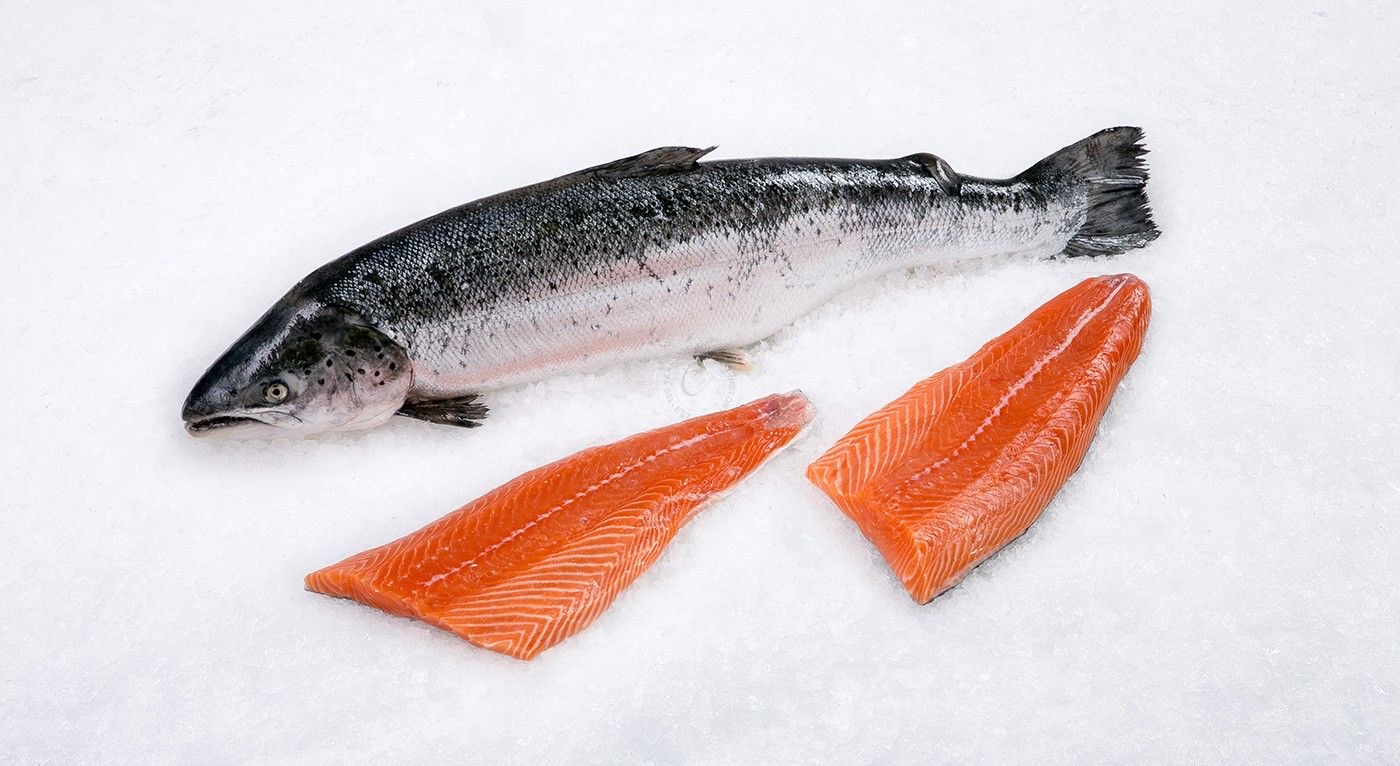
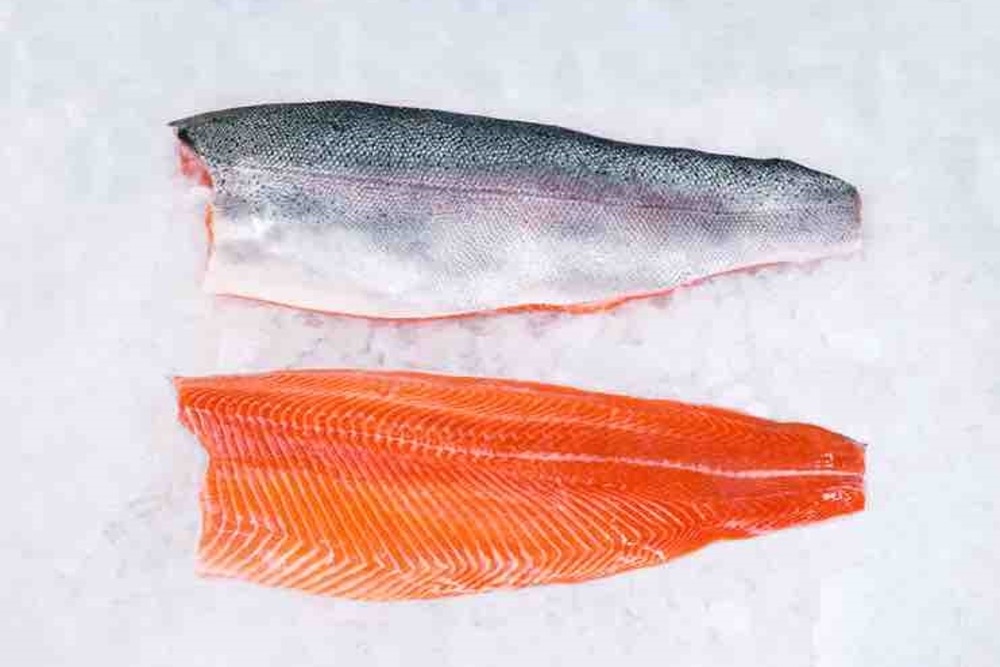
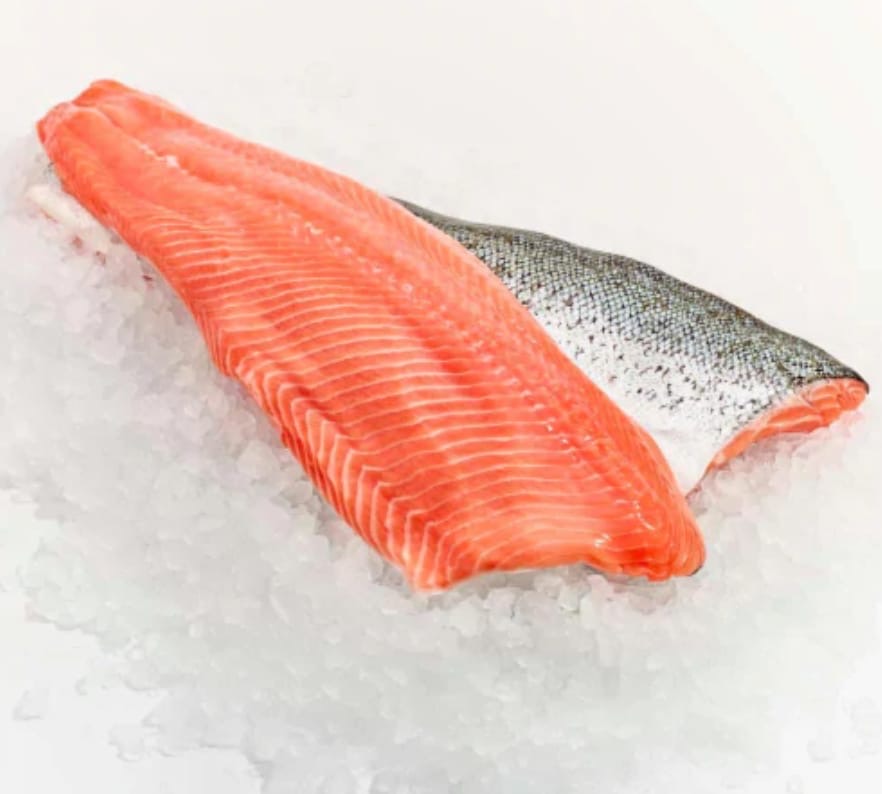
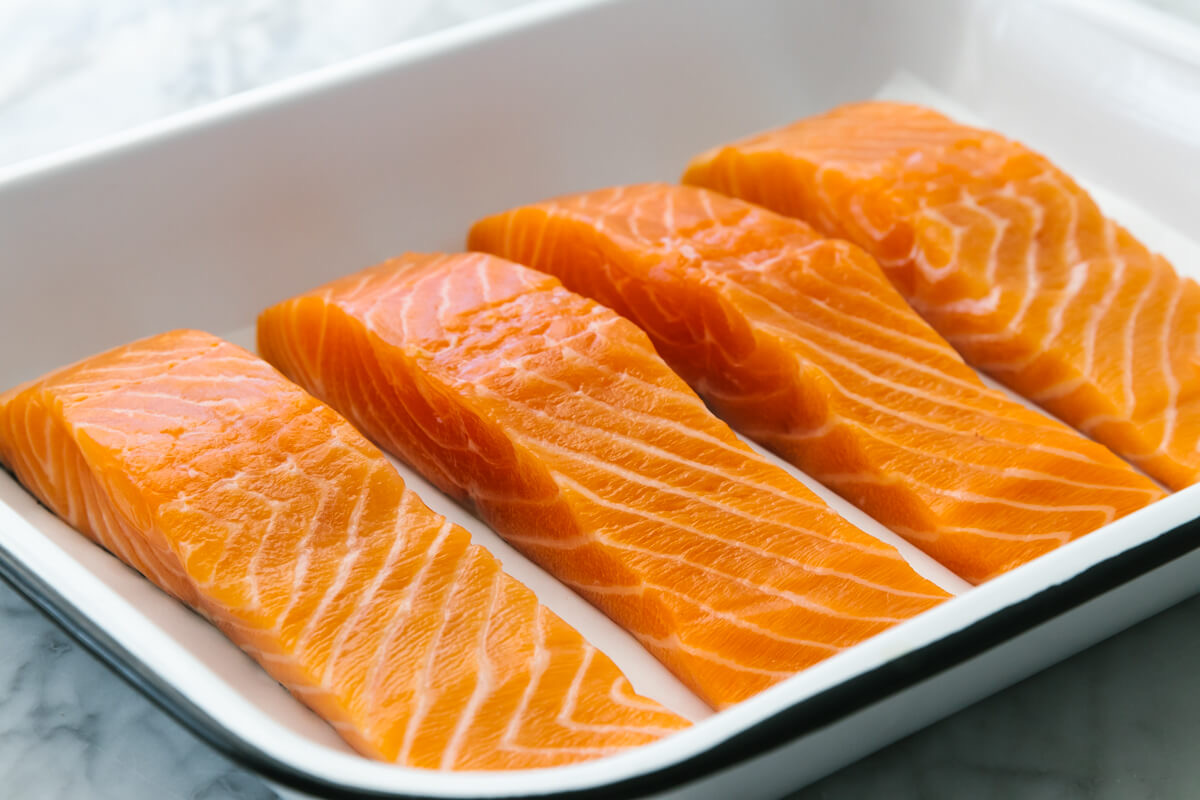
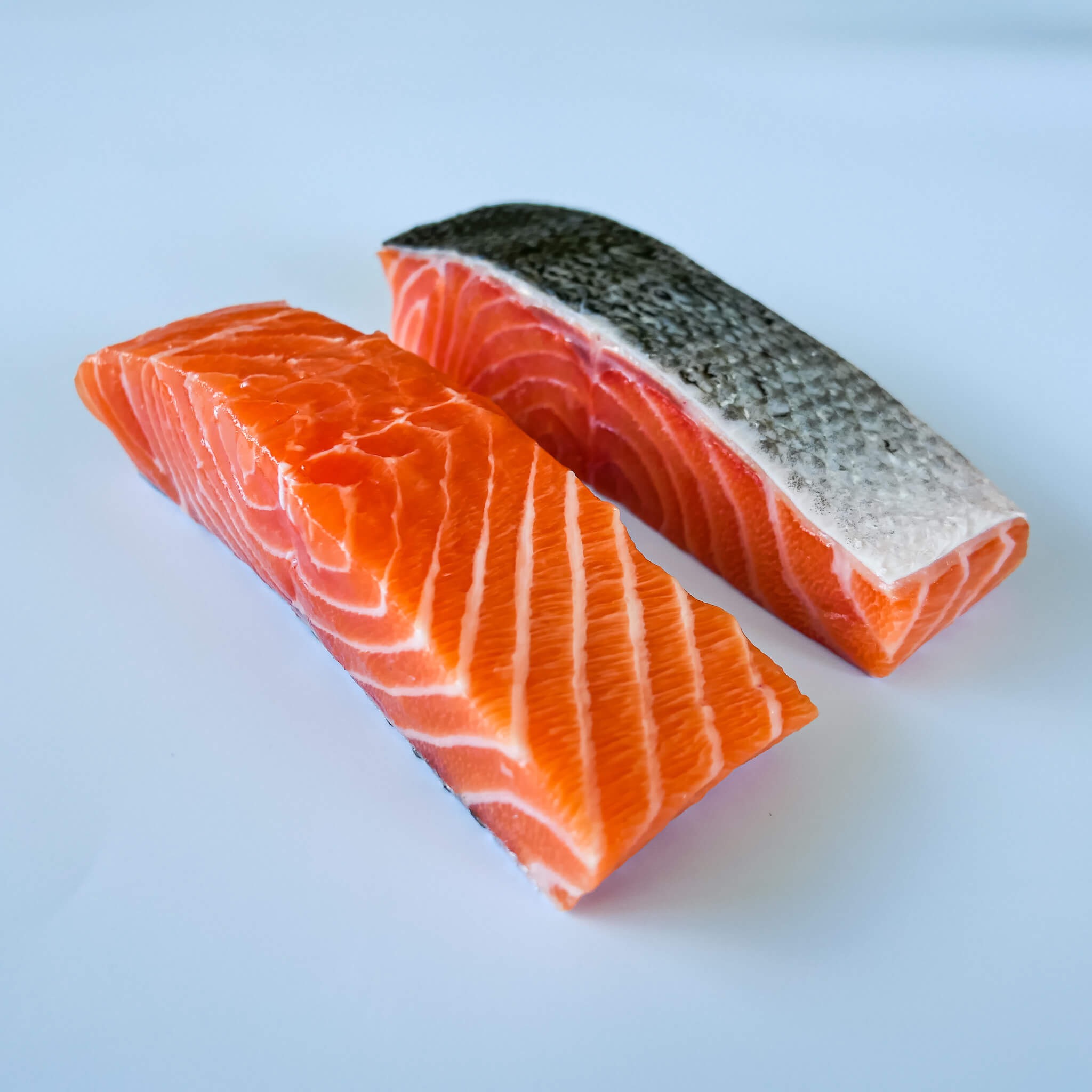
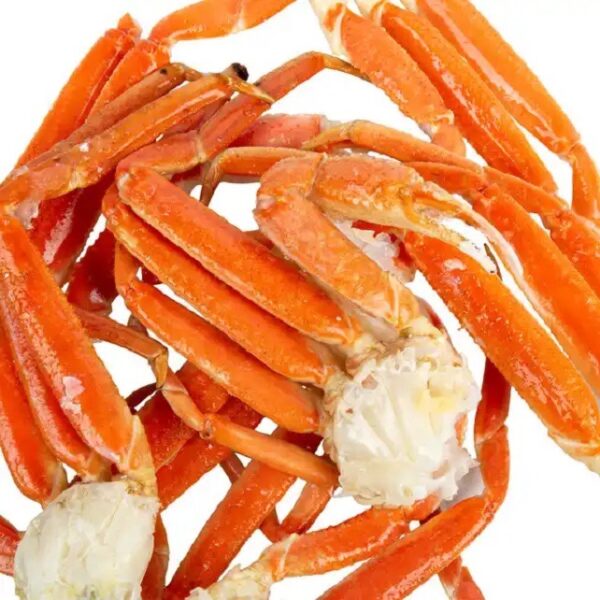




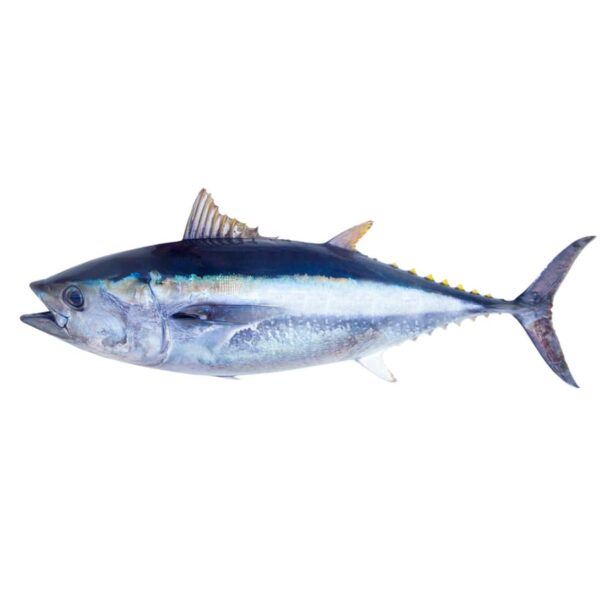

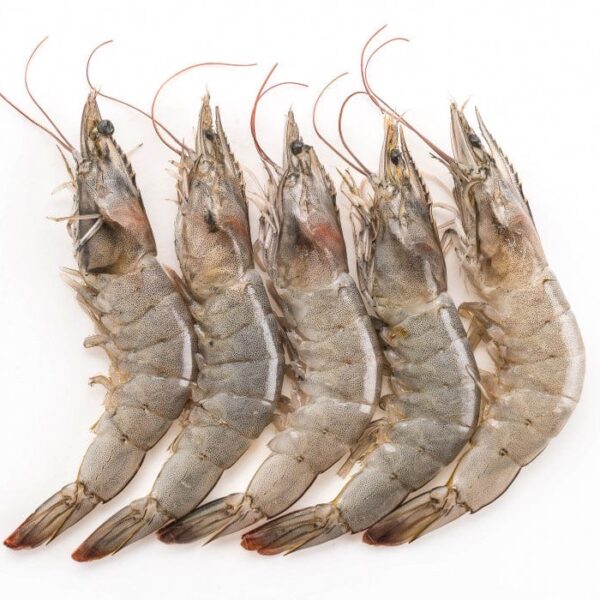
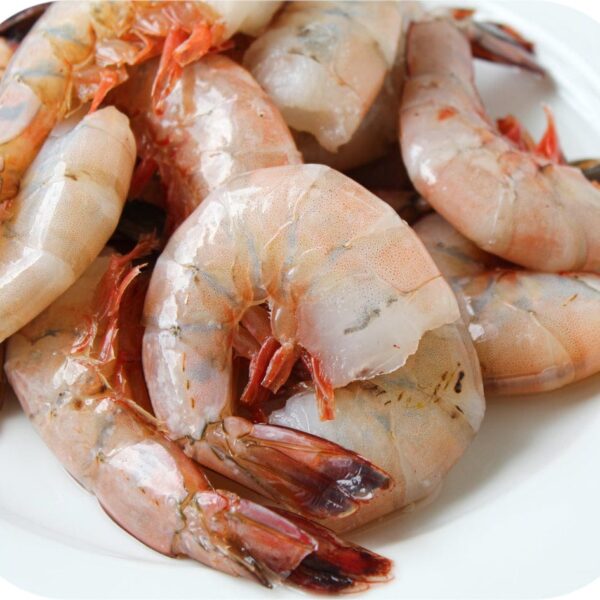
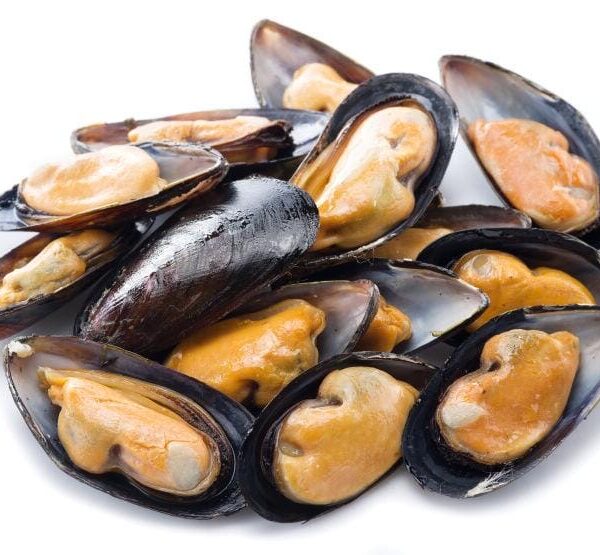
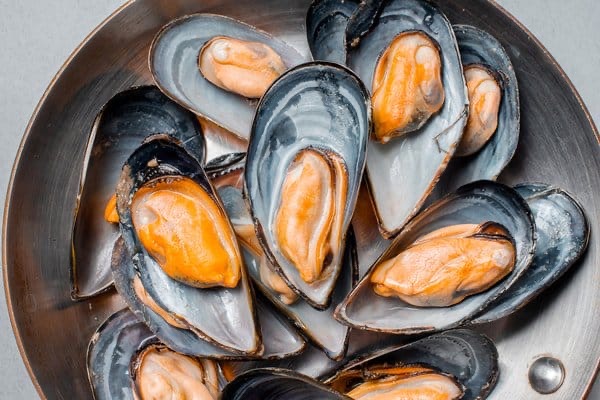


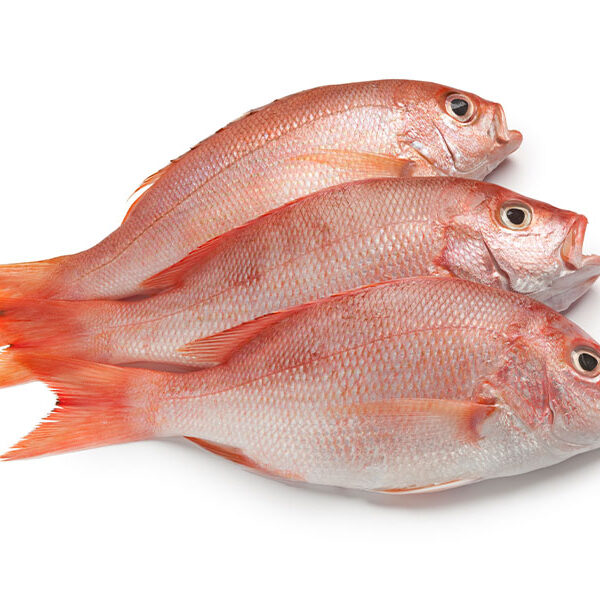


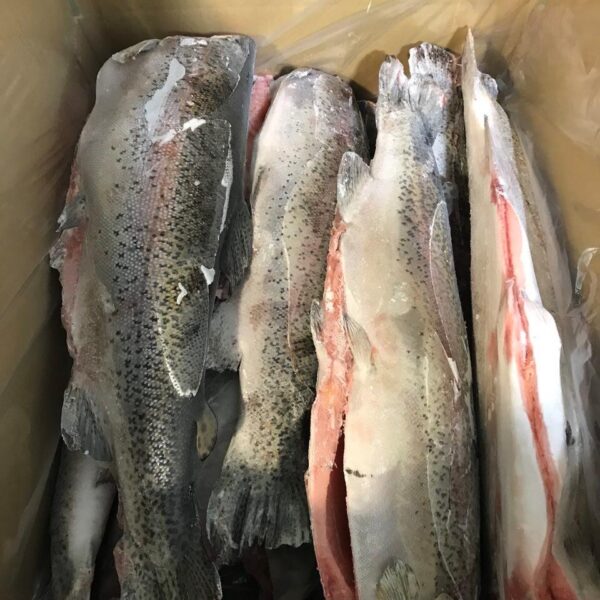


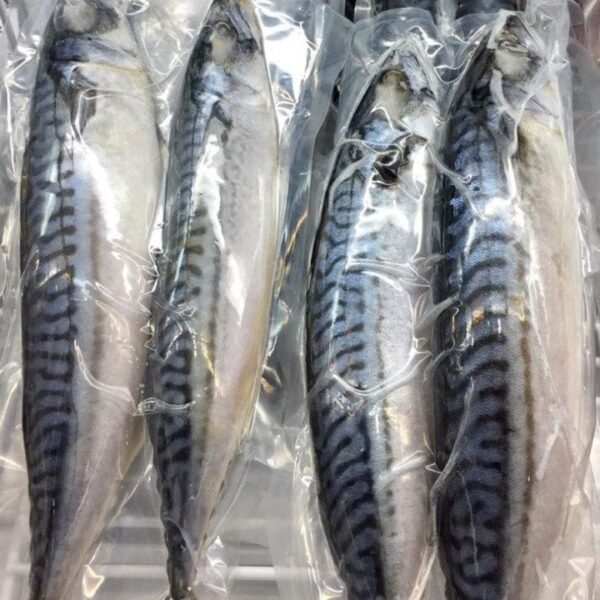
Reviews
There are no reviews yet.